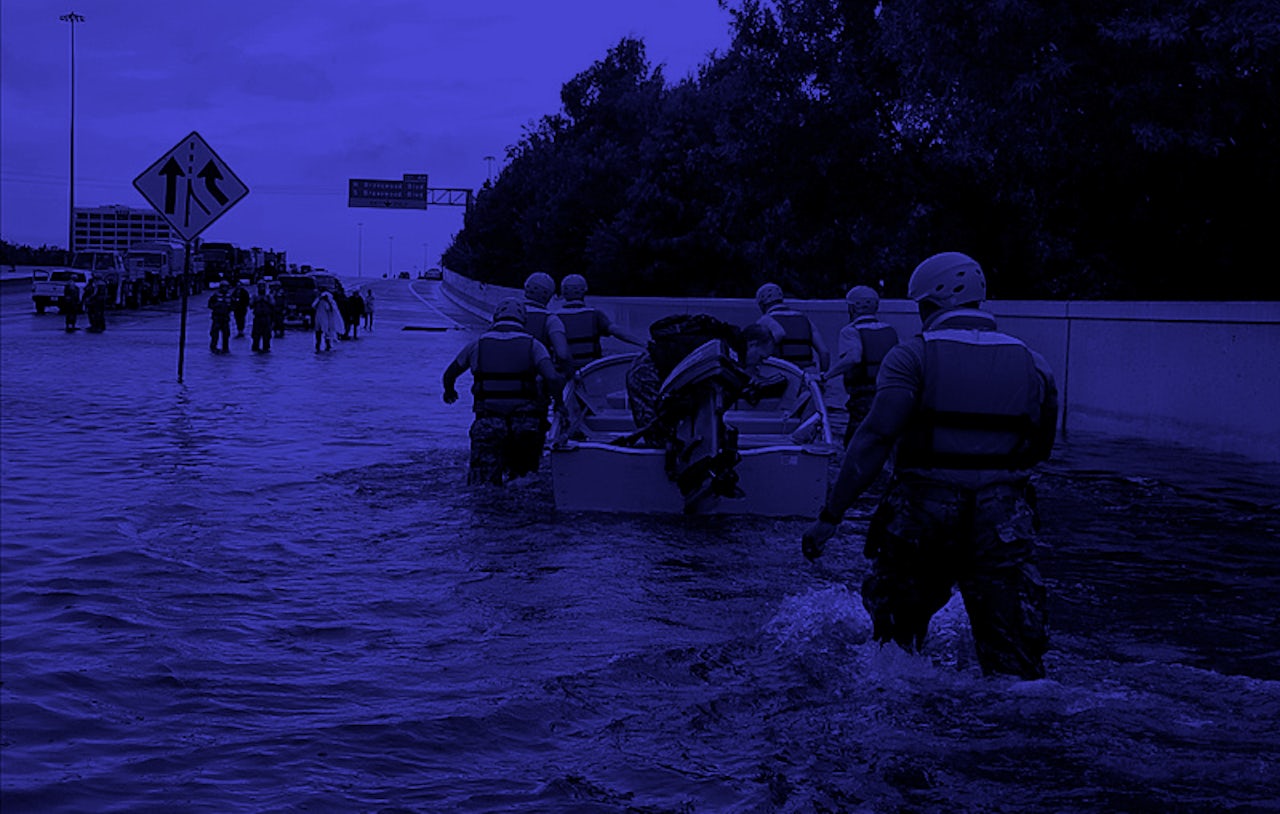Heat waves, hurricanes, extreme rain events, floods, droughts, wildfires, and even winter storms are made more likely by climate change. In 2017 alone, 297 people in the U.S. and a still-unknown quantity of people in Puerto Rico — which could be over 1,000 — died as a result of these extreme weather events made more likely by climate change.
But, as first reported by NPR, The Federal Emergency Management Agency’s 2018-2022 Strategic Plan released late on Thursday makes no mention of “climate change” or “global warming.”
FEMA is responsible for helping American communities prepare for weather disasters, distribute life-saving food and aid, and help communities rebuild in the aftermath. This means that a lack of acknowledgement or preparedness for the unique quantity and intensity of storms driven by climate change puts the lives and livelihoods of millions of Americans at risk.
FEMA isn’t the only government agency to literally remove the words “climate change” from their plans this past year: The Department of Agriculture and the Energy Department directed employees not to use the term in documents and correspondence.
In comparison, FEMA’s 2014-2018 Strategic Plan under the Obama administration mentioned “climate change” several times — including an acknowledgement of scientific consensus that climate change is real, the risks it presents to American lives, and the necessity to incorporate “climate-enabled risk management information and tools” into its management.
In 2011, FEMA even adopted a Climate Change Adaptation Policy which outlined plans to bolster preparedness the response to climate change-related disasters, and up the resilience of infrastructure such as roads, bridges, or levies. The goal was to minimize climate change-related risks to human lives and health.
While the current FEMA website still has a page dedicated to climate change, certain information related to Obama-era climate directives — such as the 2015 Executive Order on Federal Leadership on Climate Change and Environmental Sustainability — are not available anymore.
Tragic weather events such as Hurricanes Maria, Harvey, and Irma will continue to happen over the next five years. In fact, the effects of climate change make a more frequent and intense versions of these storms more likely to occur than ever due to climate change. However, FEMA’s five-year plan does not provide an plan for keeping Americans safe from this threat.
That’s not to say that climate change denial wasn’t happening on the state and local level under Obama. In 2015, Florida governor Rick Scott ordered employees at the Department of Environmental Protection to not use the terms “climate change” or “global warming.” The result made for absurd government meetings. It also directly threatens every citizen and their descendants in the line of attack for hurricanes in the Atlantic and the Gulf of Mexico.



